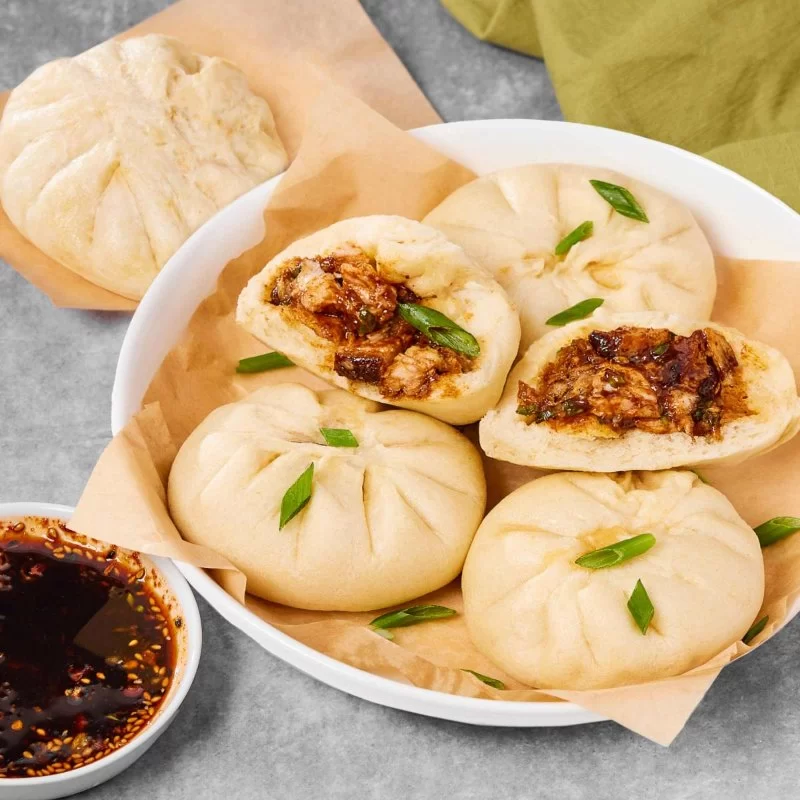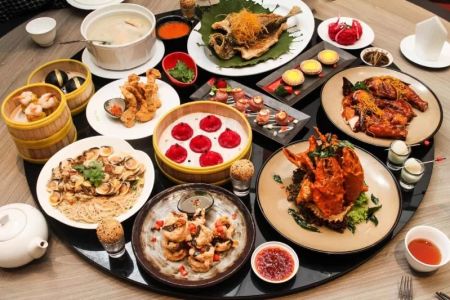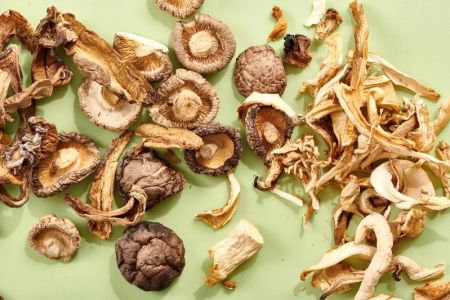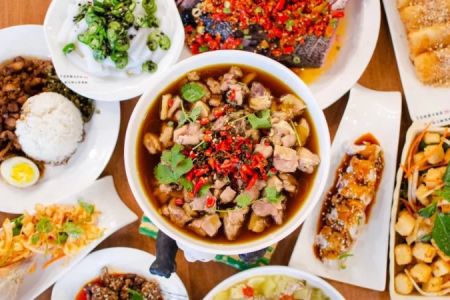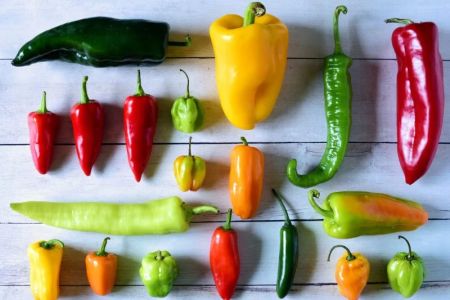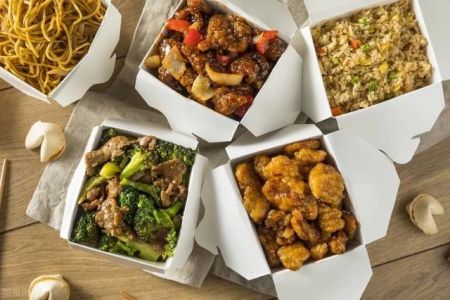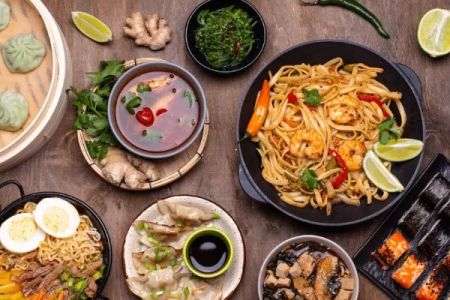- 1 - Exploring the Origins and Cultural Significance of Chinese Buns (Bao)
- 2 - Steamed Bao: Soft, Fluffy, and Comforting
- 3 - Baked Bao: A Golden Twist on Tradition
- 4 - Filled Bao: Sweet, Savory, and Everything In Between
- 5 - How Bao is Reinvented in Modern Cuisine
- 6 - Where to Find the Best Bao and Recommended Tools
1 - Exploring the Origins and Cultural Significance of Chinese Buns (Bao)
Chinese buns, known as "bao" or "baozi," are more than just delicious snacks—they are a symbol of comfort and tradition in Chinese culinary history. Originating over a thousand years ago, bao were initially created as portable meals for travelers and soldiers. Over time, they became deeply embedded in regional cuisines across China, each area adding its unique twist. The craft of making bao reflects patience, skill, and cultural pride, much like the way pasta reflects Italian heritage.
2 - Steamed Bao: Soft, Fluffy, and Comforting
Steamed bao are perhaps the most iconic form of Chinese buns, with their pillowy white exterior and aromatic fillings. They are cooked in bamboo steamers, allowing them to retain moisture and develop that signature fluffiness. Popular varieties include char siu bao (barbecue pork buns), nai wong bao (custard buns), and savory vegetable-filled buns. The gentle steaming process locks in flavors while keeping the dough tender, making every bite a warm embrace.
2.1 Regional Differences in Steamed Bao
In the north, bao are often larger and more robust, designed as a full meal. In the south, they tend to be smaller, often enjoyed alongside dim sum. The subtle differences in dough texture, sweetness, and fillings are a testament to China's diverse food culture.
3 - Baked Bao: A Golden Twist on Tradition
While steaming is the most traditional method, baked bao has gained popularity for its crispy, golden-brown exterior and rich flavor profile. Originating in Hong Kong bakeries, baked bao often feature sweet toppings or buttery crusts, making them irresistible for breakfast or afternoon tea. One of the most beloved versions is the pineapple bun—named not for its flavor but for its crackly top pattern.
3.1 Why Baked Bao Stands Out
The baking process creates a caramelized crust that contrasts beautifully with the soft, airy dough inside. This dual texture has helped baked bao earn a loyal following not just in China, but across the globe in Chinatowns and specialty bakeries.
4 - Filled Bao: Sweet, Savory, and Everything In Between
One of the joys of bao is the limitless creativity in fillings. From classic pork and cabbage to modern interpretations like matcha cream or salted egg yolk lava, filled bao offers something for every palate. Street vendors in China often showcase seasonal fillings, turning bao into a reflection of local harvests and flavors.
4.1 A Story of Innovation
In recent years, viral videos from social media have shown bao in playful shapes—like pandas, cartoon characters, and even colorful rainbow swirls. These creative twists not only delight children but also attract global attention, making bao a rising star in international food trends.
5 - How Bao is Reinvented in Modern Cuisine
Modern chefs are experimenting with bao in unexpected ways—using whole wheat flour for healthier versions, infusing the dough with natural colors, or incorporating Western ingredients like cheese and bacon. In upscale restaurants, bao can be plated as gourmet starters, while food trucks serve them as handheld street food.
5.1 Fusion Bao: A Global Flavor Adventure
In cities like New York, London, and Sydney, bao have been reimagined as sliders filled with fried chicken, spicy kimchi, or pulled pork. This fusion approach preserves the soft bao texture while introducing bold, cross-cultural flavors.
6 - Where to Find the Best Bao and Recommended Tools
If you want to experience authentic bao, traditional dim sum houses and specialty bakeries are the best places to start. For those eager to try making bao at home, investing in a quality bamboo steamer and dough tools is essential. At Chinese Food, you can find curated bao-making kits, premium steamers, and recipe guides to help you master the art of bao in your own kitchen.
6.1 Bringing Bao into Your Home Cooking
Making bao at home can be a family activity, combining cooking with storytelling. Sharing the history and flavors behind each bao you make adds meaning to the meal, turning it from simple food into a cultural experience.


